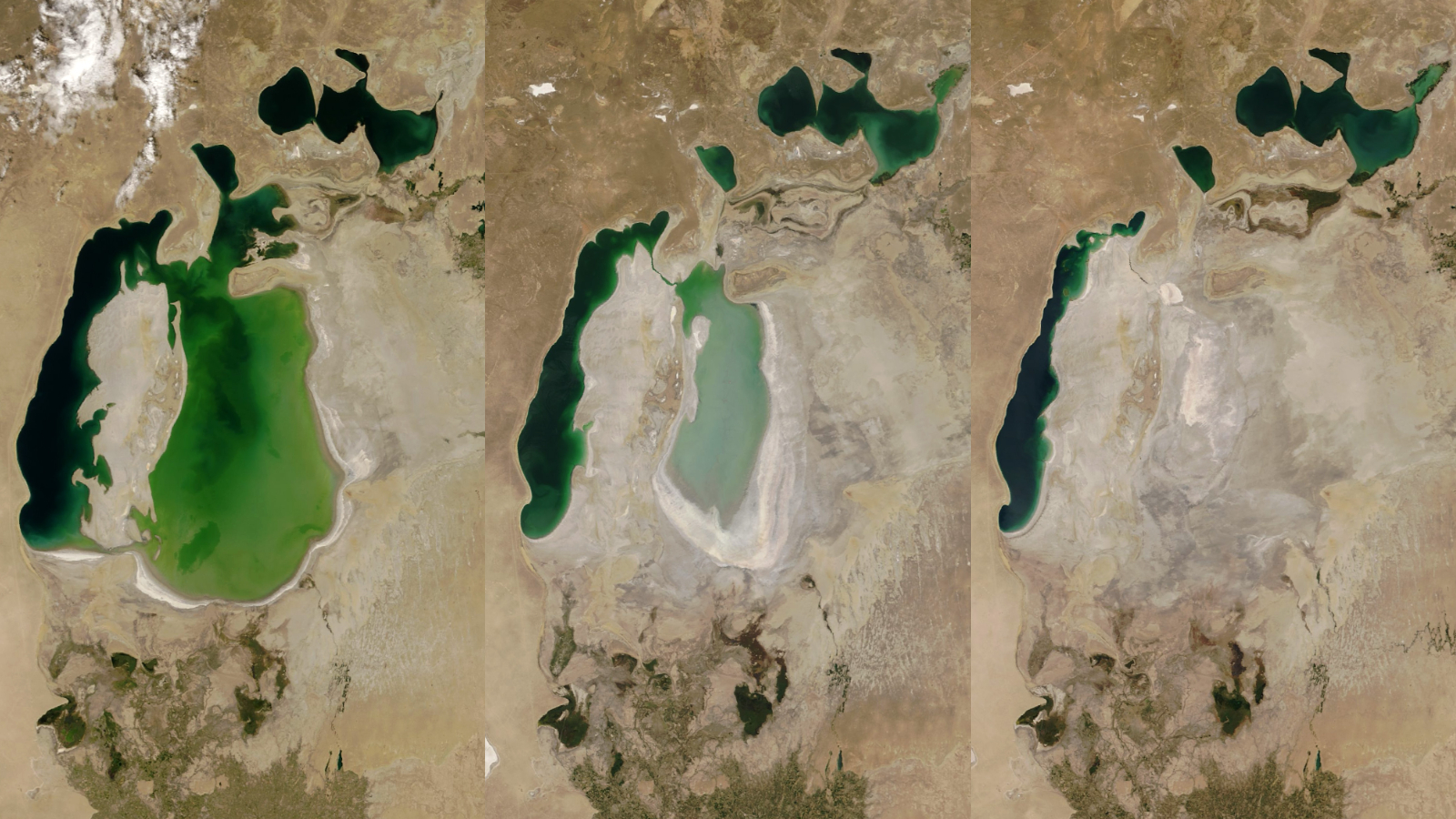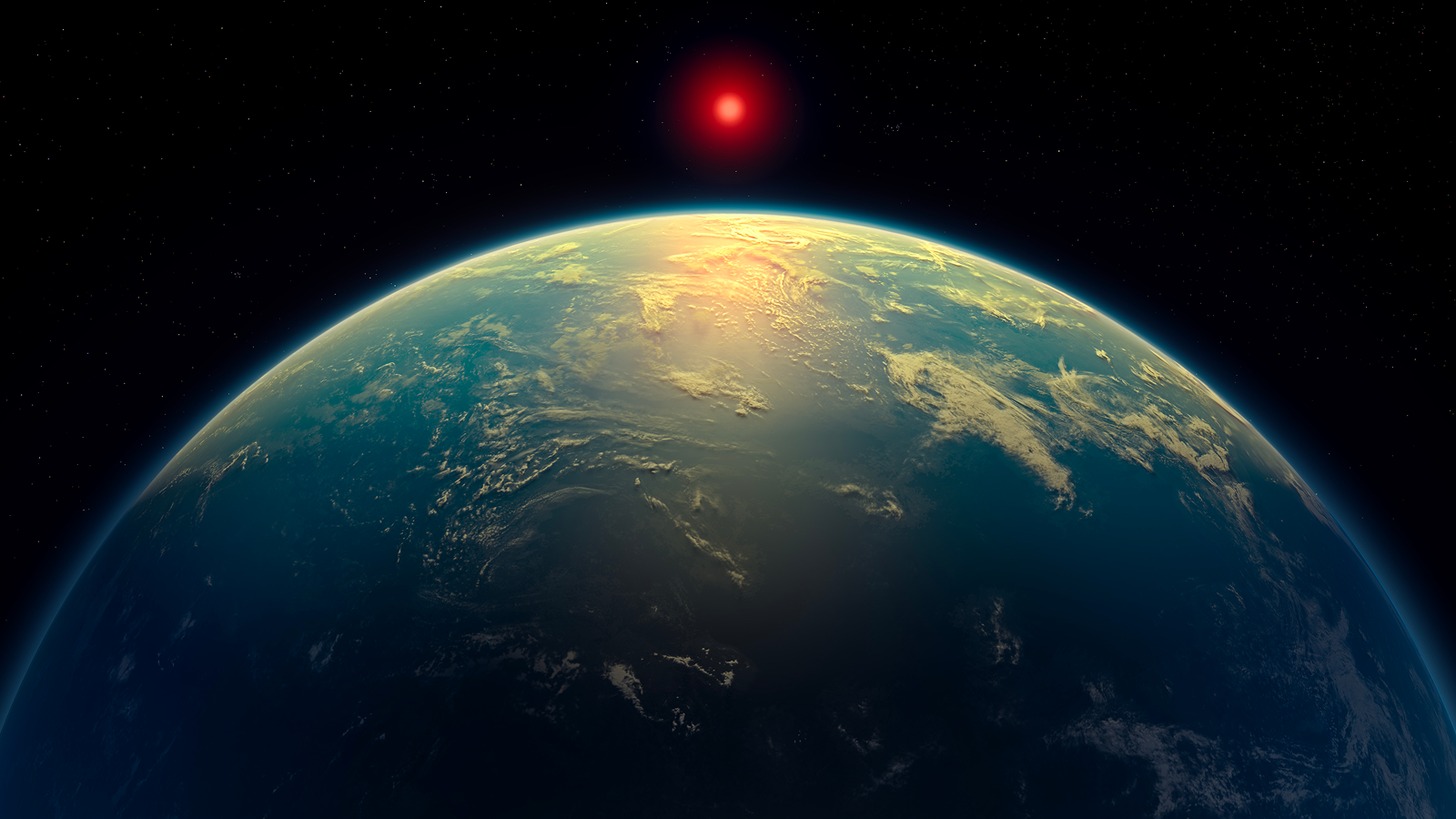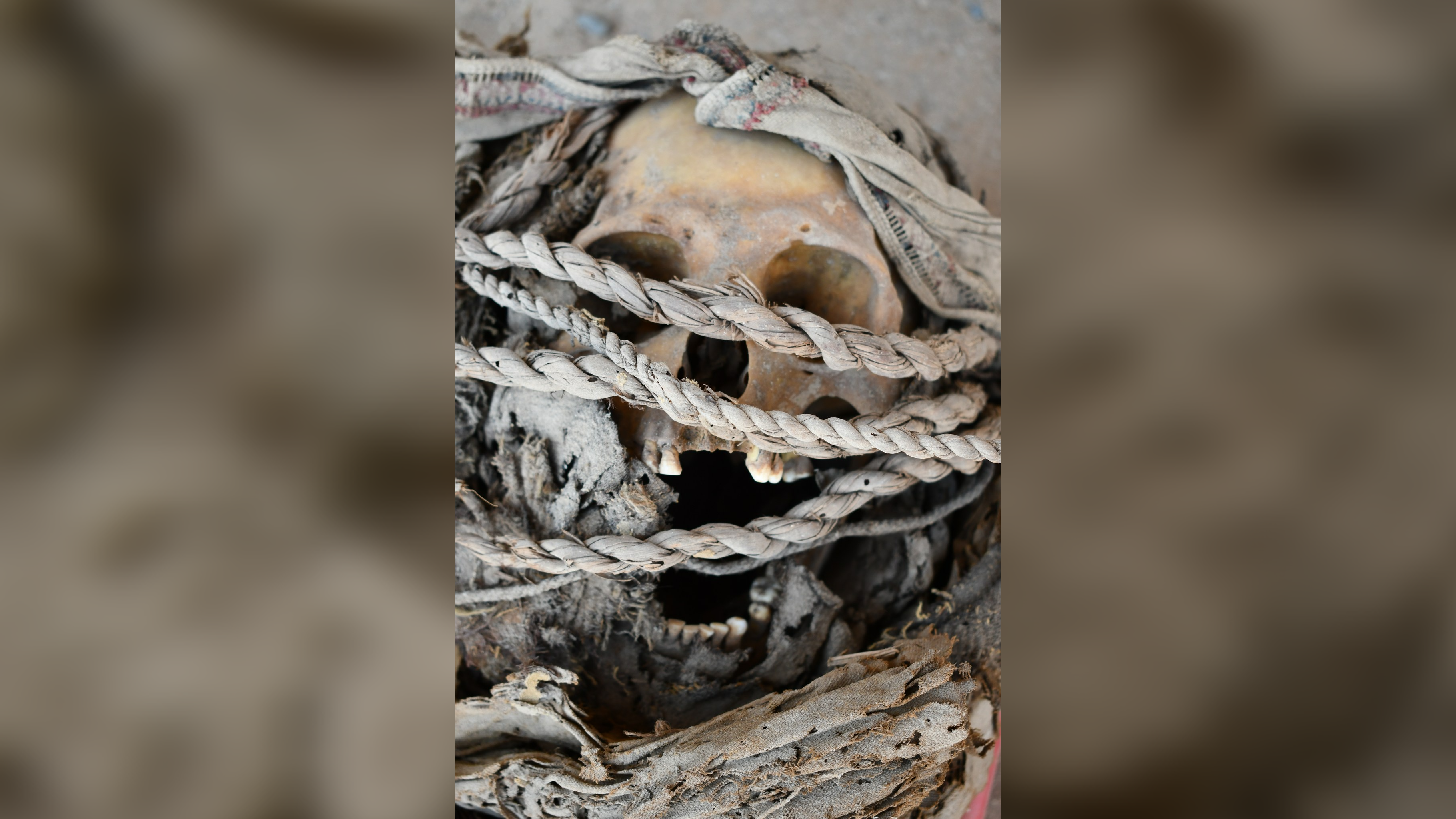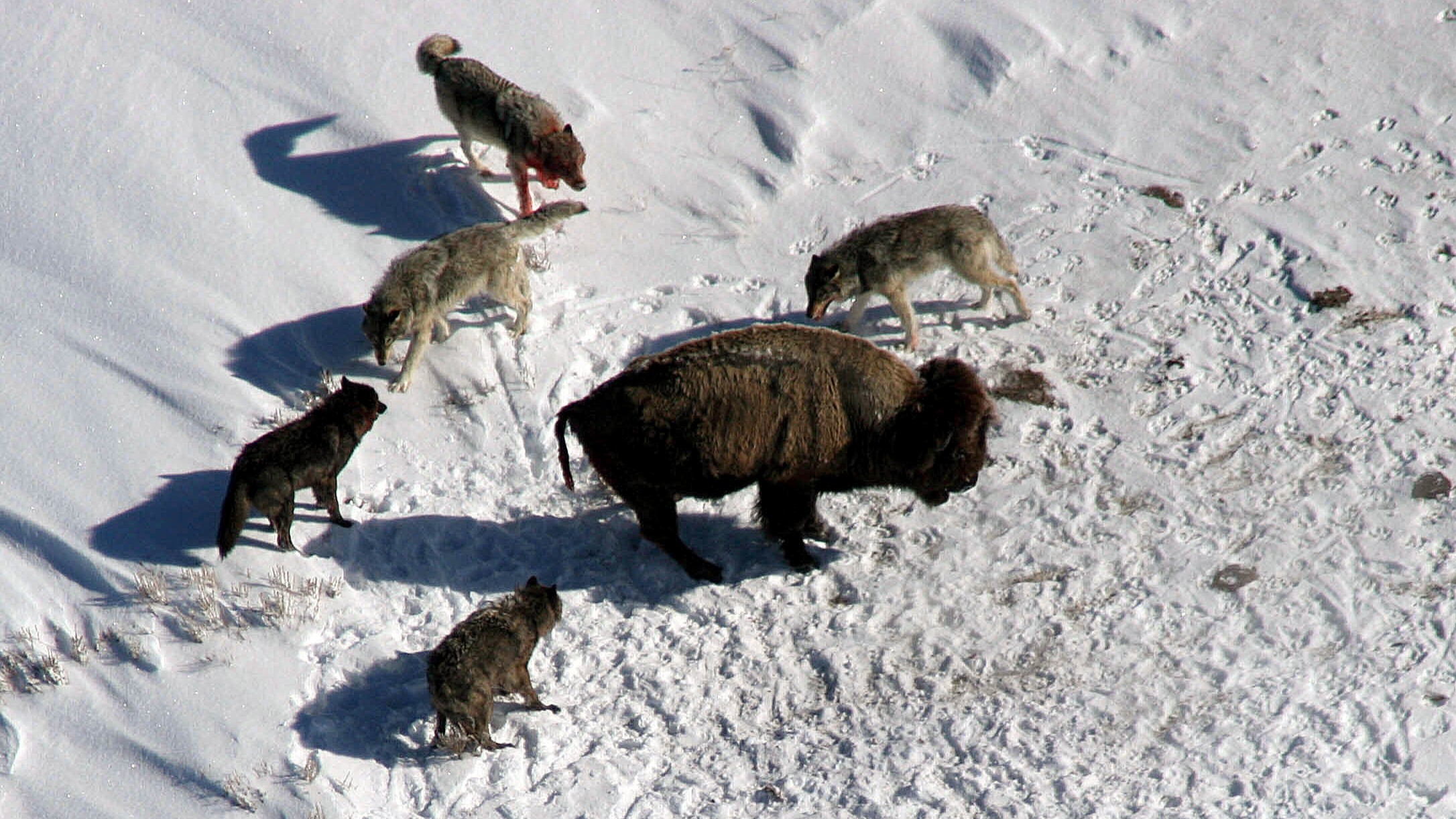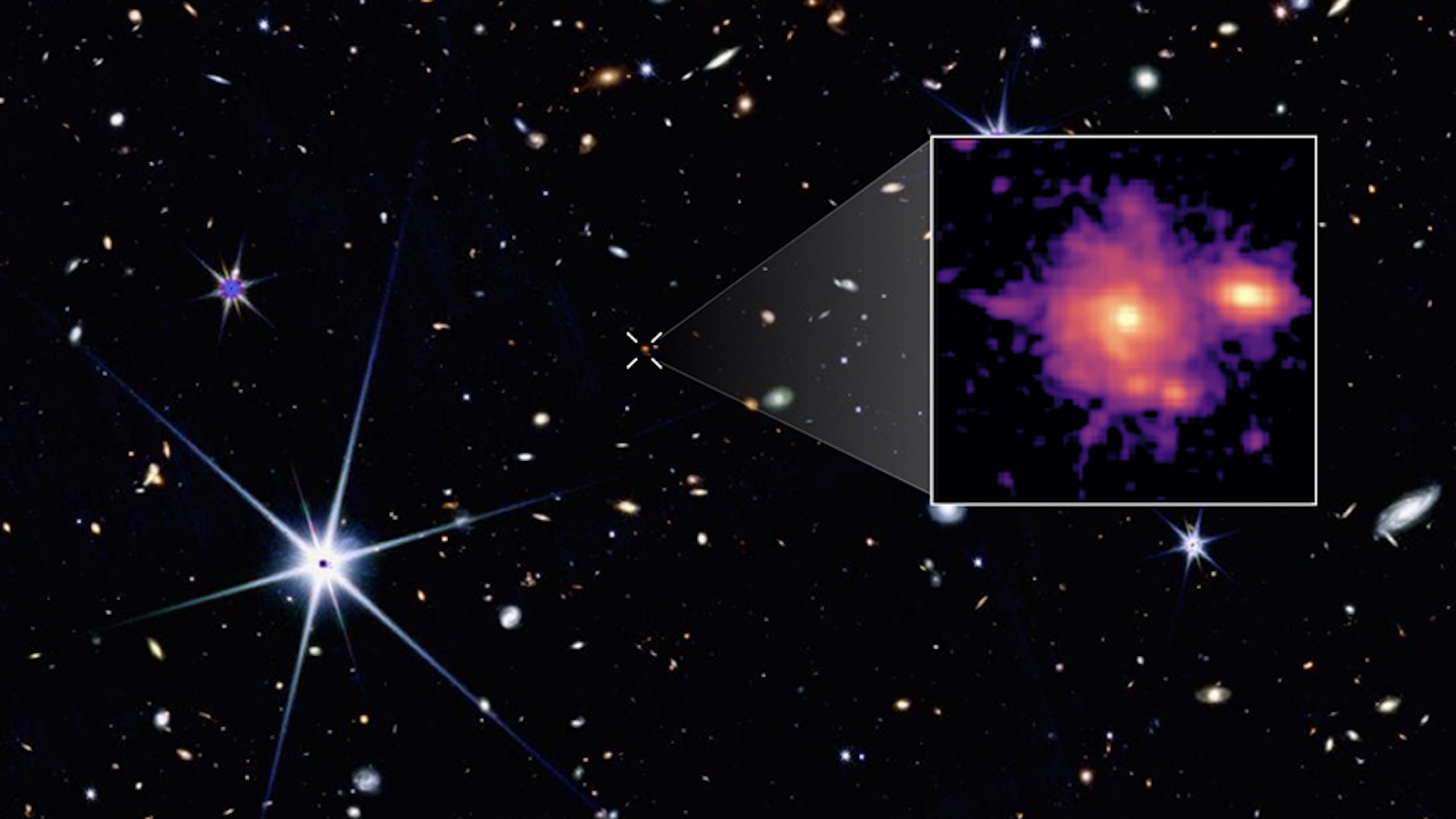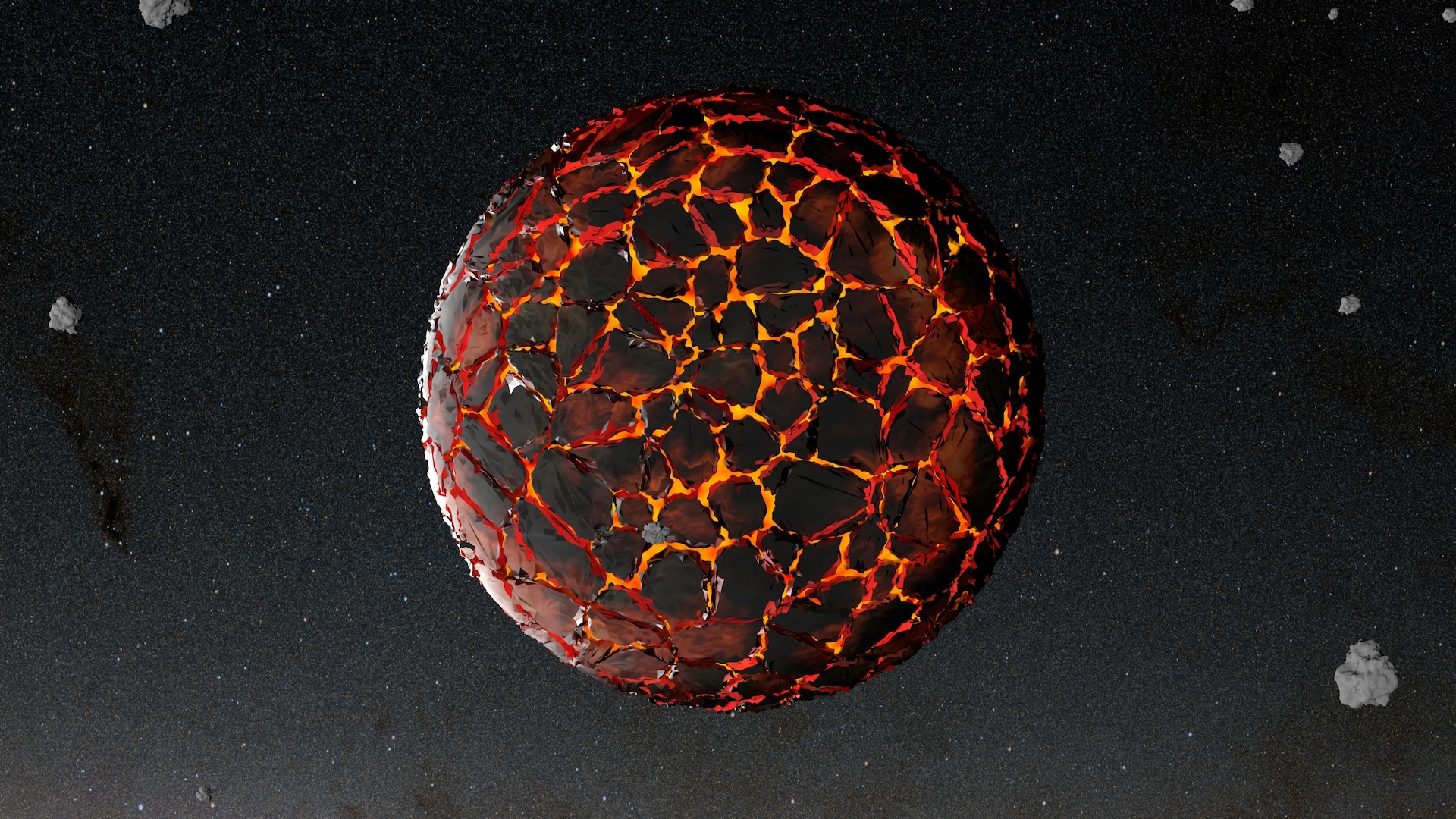6 million-year-old 'fossil groundwater pool' discovered deep beneath Sicilian mountains
Fresh water that trickled down into Earth's crust 6 million years ago became trapped thousands of feet beneath the Hyblaean Mountains in Sicily, forming an aquifer that has not budged since.
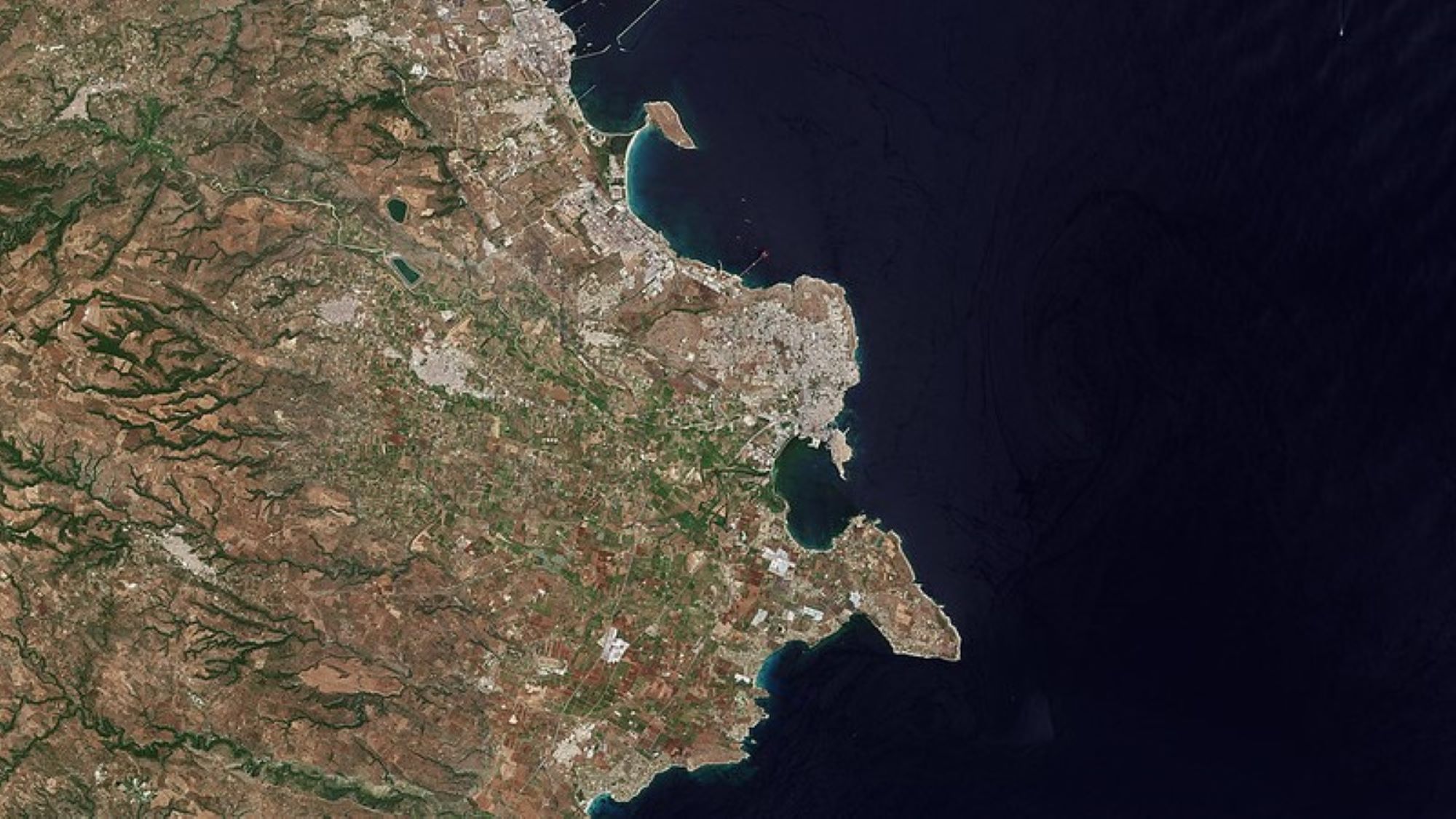
A large pocket of fresh water that was sucked down into Earth's crust 6 million years ago is still buried deep below a mountain range in Sicily, new research has found.
The fresh water likely became trapped underground during the Messinian salinity crisis, when the Mediterranean Sea dried up after the ocean floor around the Strait of Gibraltar began to rise, isolating the sea. This event likely exposed the seabed to rainwater that then trickled down into Earth's crust, according to a study published Nov. 22 in the journal Communications Earth & Environment.
The rainwater accumulated and formed an aquifer that stretched between 2,300 to 8,200 feet (700 to 2,500 meters) deep beneath the Hyblean Mountains in southern Sicily, Italy, and has not budged since.
In the new study, researchers investigated deep groundwater reserves in and around the Gela formation, which is a known oil reservoir and hosts several deep wells, harnessing publicly available data from these wells. They constructed 3D models of the aquifer and estimated it holds 4.2 cubic miles (17.5 cubic kilometers) of water — more than twice as much as is held in Scotland's Loch Ness.
Related: 'Missing' blob of water predicted to be in the Atlantic finally found
The researchers then used the 3D models to turn back the clock and reconstruct the past geology of the study area, which stretched across the Hyblaean Plateau and the Malta Plateau in the central Mediterranean. During the Messinian (7.2 million to 5.3 million years ago), fresh water infiltrated Earth's crust several thousand feet below current sea levels as a result of the salinity crisis, their results showed. The crisis saw sea levels drop about 7,870 feet (2,400 m) below current levels in parts of the Mediterranean.
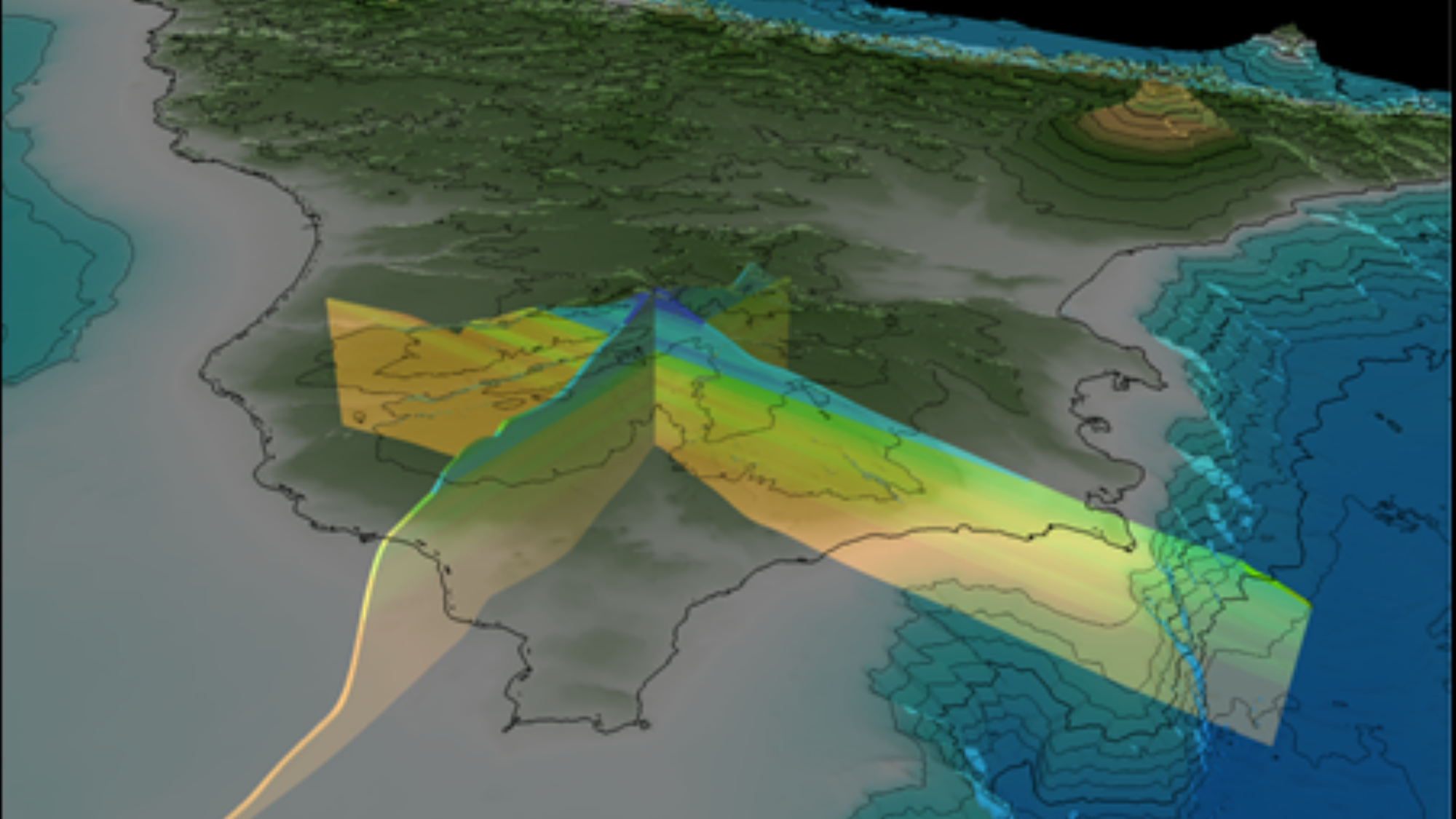
This "fossil groundwater pool" then accumulated in a layer of carbonate rocks that acts as "a sort of sponge, where fluids are present within the pores between the rock particles," study lead author Lorenzo Lipparini, a geoscientist at the University of Malta, Roma Tre University and with Italy's National Institute of Geophysics and Volcanology, told Live Science in an email.
Sign up for the Live Science daily newsletter now
Get the world’s most fascinating discoveries delivered straight to your inbox.
But for this explanation to hold, Lipparini and his colleagues needed to find a conduit that would channel meteoric water — water from rain and snowfall — from the Mediterranean seabed to the deeply buried Gela formation. The Malta Escarpment, a 190-mile-long (300 kilometers) submarine cliff extending southward from the eastern margin of Sicily, "is a likely candidate for such a direct connection," the researchers wrote in the study. In other words, the missing conduit is likely within the escarpment.
The Messinian salinity crisis, which lasted roughly 700,000 years, ended abruptly with an "extremely rapid" rise in sea levels that may have changed the pressure conditions and "deactivated the whole mechanism," the researchers wrote in the study.
It's also possible that sediments and mineral deposits sealed off the conduit along the Malta Escarpment during the salinity crisis, preventing sea water from mixing with fresh water in the Gela formation in the millions of years that followed, the researchers noted.
The team hopes the fresh water can be pumped up to alleviate water scarcity in Sicily and that the discovery will inspire similar deep groundwater explorations in other parts of the Mediterranean.
Editor's note: A previous version of this article said the Messinian salinity crisis was caused by global cooling. This was corrected on Friday, December 8.

Sascha is a U.K.-based staff writer at Live Science. She holds a bachelor’s degree in biology from the University of Southampton in England and a master’s degree in science communication from Imperial College London. Her work has appeared in The Guardian and the health website Zoe. Besides writing, she enjoys playing tennis, bread-making and browsing second-hand shops for hidden gems.
